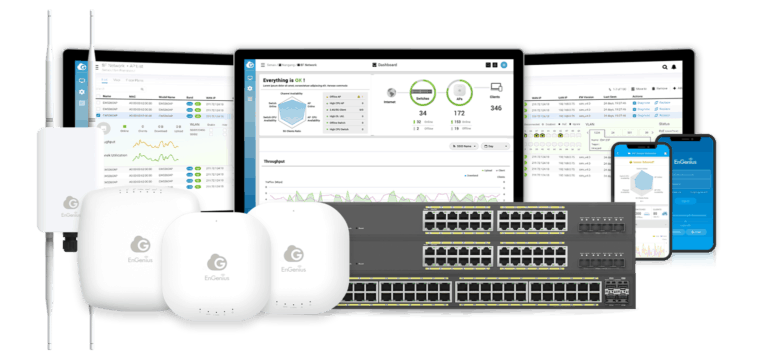Any links to online stores should be assumed to be affiliates. The company or PR agency provides all or most review samples. They have no control over my content, and I provide my honest opinion.
The blame game is common in politics, media and many other arenas, and just one common “blame game” today, is that renewables such as wind farms and solar are the cause of rising electric costs in the United States.
There are lots of articles out there alleging this in a number of countries around the world, such as one written for Forbes.com by president of the think tank Environmental Progress, Michael Shellenburger, summing up one as “If solar and wind are so cheap, why are they making electricity so expensive?”
Similar headlines have been found in the UK, with its economic affairs committing noting that the average domestic electricity bill was 58% higher in 2016 as compared to 13 years prior – the report states that “To reduce carbon emissions, governments have subsidized renewables and then passed the cost to consumers in electric bills,” inferring renewables are to blame.
Countering the Claim that Renewables are the Cause of Higher Electric Costs
The Australia Institute countered this claim with a study aiming to prove that renewables are not the cause of the skyrocketing utility bill increases. Instead, Australian National University energy economics expert Hugh Saddler says the culprit is the shortage of natural gas and its high prices. While consumers may not see a relation being gas and renewables, gas is a backup source of energy, used to set the market price for electricity, something that’s also true within the U.S. as well. As gas prices are to two three times their historical level, the wholesale price of electricity rises too.

The U.S. Relies on Outdated Electrical Grid/Infrastructure
When most people think about infrastructure they think about failing bridges, the Erie Canal, and so on, but it also applies to electrical grids which are outdated in many areas. In the majority of the U.S., this electric transmission infrastructure dates back to the 1960s and ‘70s and hasn’t been updated since. Without reliable power grids, cost-effective, reliable power suffers, contributing to rising electricity costs and even has implications to national security, with threat of foreign cyberattacks. At the same time, repairing and upgrading these grids also contributes to rising prices.
How Businesses Can Reduce Energy Bills
The question most business owners are asking is not who or what is to blame, but how they can reduce their high energy bills. Utility tracking software can help store information about utility vendors, accounts and utility bills so that business owners, CFOs and accountants are able to compare relative efficiency of various sites, forecast and budget utility costs, monitor the results of energy savings, find billing errors and more, helping to reduce the high cost of energy bills.
I am James, a UK-based tech enthusiast and the Editor and Owner of Mighty Gadget, which I’ve proudly run since 2007. Passionate about all things technology, my expertise spans from computers and networking to mobile, wearables, and smart home devices.
As a fitness fanatic who loves running and cycling, I also have a keen interest in fitness-related technology, and I take every opportunity to cover this niche on my blog. My diverse interests allow me to bring a unique perspective to tech blogging, merging lifestyle, fitness, and the latest tech trends.
In my academic pursuits, I earned a BSc in Information Systems Design from UCLAN, before advancing my learning with a Master’s Degree in Computing. This advanced study also included Cisco CCNA accreditation, further demonstrating my commitment to understanding and staying ahead of the technology curve.
I’m proud to share that Vuelio has consistently ranked Mighty Gadget as one of the top technology blogs in the UK. With my dedication to technology and drive to share my insights, I aim to continue providing my readers with engaging and informative content.






